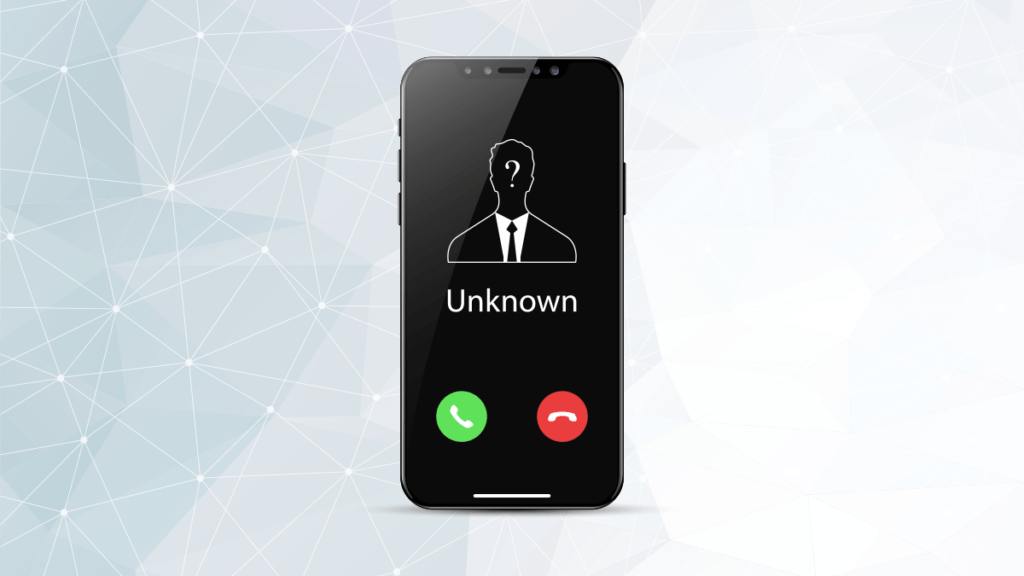Spam Calls – a persistent problem in 2019

We have all been the recipient of random calls from numbers that we simply do not recognize. You may even have noticed more frequent incoming spam calls as of late. Well, statistics show that your suspicion is not simply paranoia but a concerning fact. According to a report published by Truecaller, spam calls have increased by 18% in 2019 – with countries all over the world having received an estimated 26 billion unwanted calls this year alone.
Spam calls cast a shadow on the telephone ecosystem
A spam call comes in many different forms. Some are robocalls that are automated recordings on behalf of a telemarketing company. Others are scam calls that attempt to deceive you out of personal information and money through fake charity appeals, lottery wins or even the plight of a self-proclaimed prince from a faraway land. The stories presented are overwhelming and scam artists have mastered the art of manipulating money out of their victims all too often.
Robocalls utilize auto dialers and record messages to make innumerable numbers of calls on a daily basis with it being common practice for spam services to call using regular numbers. This tricks the recipient into accepting the call, thinking that it may actually be someone they know.
All spam calls, no matter the sub-category, waste time, money, productivity and undermine the privacy we value within the scope of making and receiving calls.
Who is affected?
Today, a phone is often regarded as an extension of the self – easily accessible, with the most important information and contacts stored to make calls, write messages or make personal transactions. Spam calls can therefore for feel like a violation of privacy for anyone on the receiving end.
Most of us have experienced unwanted calls, but those most likely victimized are the elderly, with many targeted about issues related to health care, home loans or bank savings. Scammers play on the financially vulnerable who would not question the authenticity of a caller claiming to be a tax, bank or government representative.
According to Truecaller, spam calls in Latin America has increased significantly this year with Brazil ranked as the country receiving the highest number of unwanted calls. Operators in Brazil have been largely responsible for a majority of the spam calls – contacting numbers to promote special offers and data plans.
Heightened spam activity in the recent year clearly indicates that automated spam call systems are getting better and more sophisticated at targeting phone users anytime, anywhere.
What can be done?
Iphone and Android phones have built-in features to protect you from spam calls, while mobile carriers offer their own specialized service, to help users overcome some of the problem. The increasing levels of spam activity has sparked a surge in demand for unique tools and Apps, and as such, the market has many third-party apps available for additional features that will prevent unwanted incoming calls. The complex nature of mobile spamming however, makes it a challenge to create one complete and effective solution to reduce the numbers significantly, but we hope such tools will continue to drive future development of more advanced phone spamming defenses.
